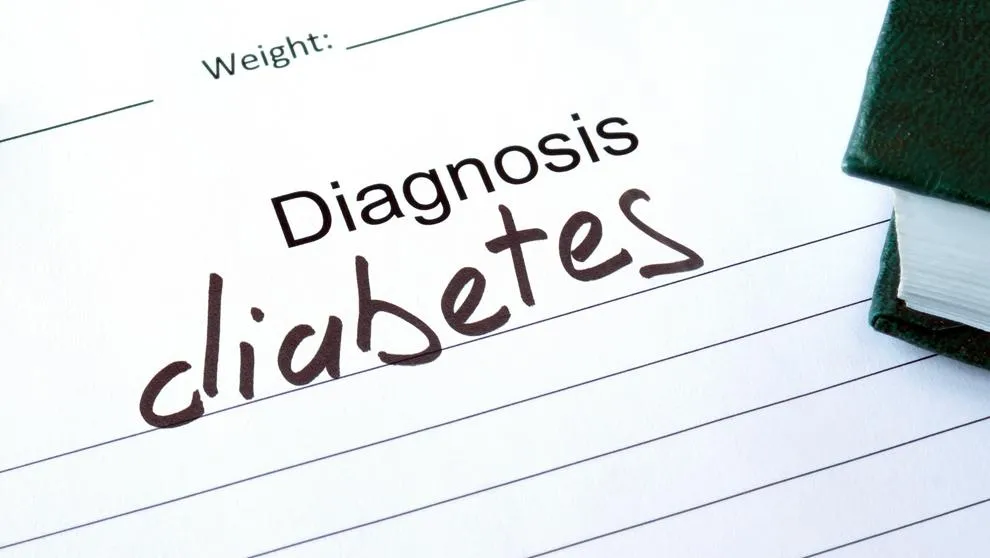Identified chemical processes that light or turn off and that can allow to advance to the disease.
It seems clearer than to understand how type 2 diabetes and other related diseases begin, such as obesity, we must review the influence of the diet, physical exercise and other habits in the activity of our genome.
That is, scrutinize how the way we live causes chemical processes that light or turn off without modifying them.In technical words, investigate the epigenoma.A study published today in Nature has found that more than 180 of these chemical processes are related to the accumulation of fats that may be a bad diet or lack of exercise.
And he has found that knowing them allows predicting which people overweight or obesity are at greater risk of developing type 2 diabetes.
The work also confirms that the accumulation of fats is the cause and not the consequence of most of those chemical processes, called epigenetic marks.Some brands that are reversible.Therefore, refine in the detection of those people at high risk of diabetes could help them maintain habits that avoid or delay the disease.
The work analyzed the epigenetic characteristics of blood samples of more than 5,000 people in relation to their body mass index
The study advances therefore in the knowledge of a disease that affects many people: type 2 diabetes is booming worldwide, both in developed and developing countries.It occurs when the body does not properly use insulin, a hormone that regulates blood sugar, and is closely related to excessive body weight and physical inactivity.According to the World Health Organization (WHO), the number of people with diabetes, in most cases of type 2, increased from 108 million in 1980 to 422 million in 2014.
WHO explains that healthy diet, regular physical activity, maintenance of adequate body weight or tobacco consumption prevent type 2 diabetes or delay their appearance.The work published in Nature helps to explain why and better identify who are at greater risk of getting sick.
data from more than 5,000 people
The research, led from Great Britain and Germany, analyzed data of more than 5,000 participants in three epidemiological studies carried out previously.For Carolina Soriano, a doctor in genetics and researcher at the Institut Hospital del Mar d'Estsengacions Mèdiques, who has not participated in the study, "the large amount of data analyzed makes the study relevant."Something that, remembers, is not easy or cheap."The epigenoma analysis of each person costs about 200 euros," he details.
The first thing that was analyzed was the relationship between the characteristics of the DNA of the blood samples of these people and their body mass index (BMI).The latter is a measure that is calculated from weight and height and, the researchers explain, it is a key indicator of the fat accumulated in the body.This is how more than 180 epigenetic marks related to the BMI, and therefore with the accumulation of fat, which change the behavior of almost 40 genes.
The study opens the door to develop new methods of prediction and disease prevention
Scientists also wanted to check if brands and their influence on the behavior of certain genes are present in other tissues beyond blood cells.For that they used for example samples of fatty or hepatic tissue from other individuals and found that there are coincidences."This gives more strength to the results," explains the doctor.
In addition, through several analytical methods, they concluded noOnly that the vast majority of these genetic brands are a consequence of the accumulation of fats, but are useful to predict, especially in the case of people with overweight or obesity, who has a high risk of developing type 2 diabetes in the future.
This opens the door to one day new methods for the prediction and prevention of the disease."Seen the results, now it would be interesting to study what epigenetic changes occur in the cells of people who, by diet or exercise, reduce their body mass index," says Soriano.


